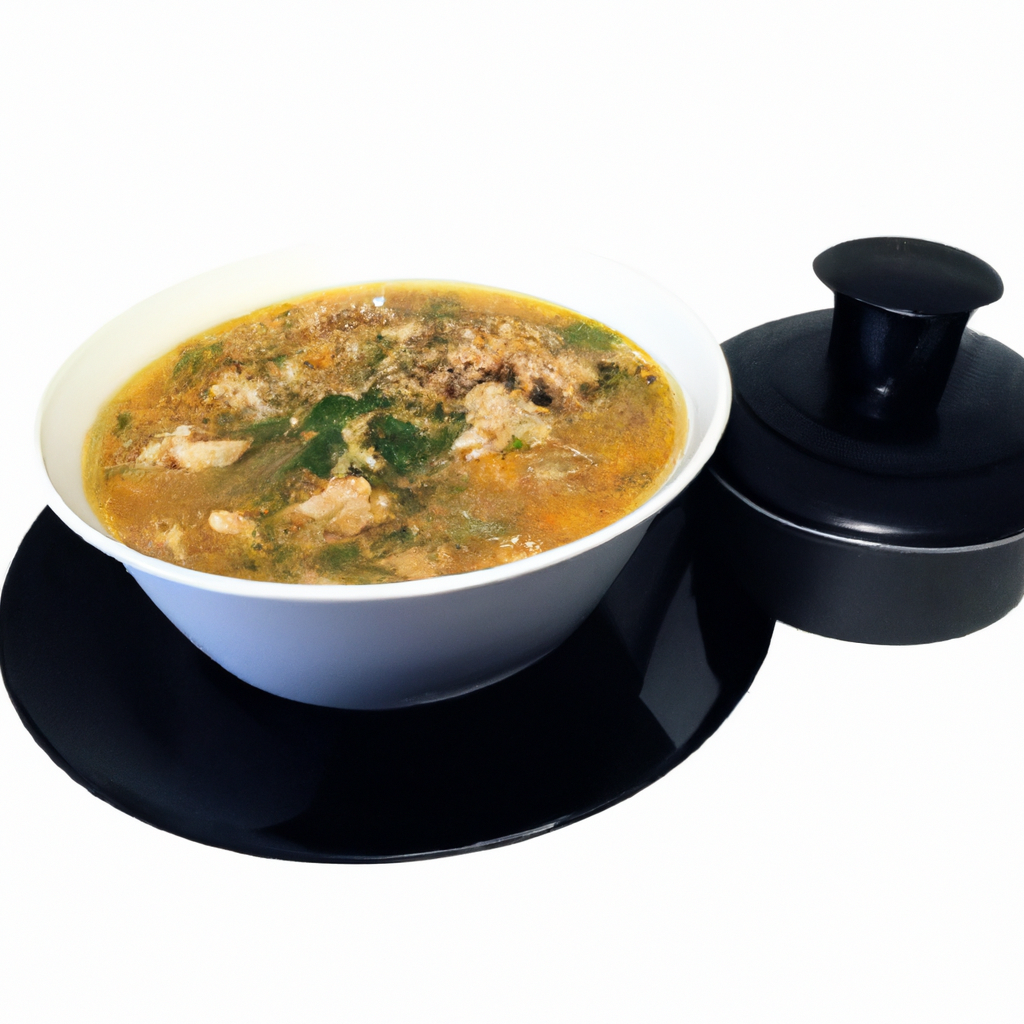Stir Up Success: Enroll in Our Soup Preparation Courses Today!
Hey there, fellow food enthusiasts! Today, I’m super excited to take you on a journey through one of my absolute favorite comfort foods—soup. But not just any soup; we’re diving deep into the world of traditional soups from different corners of the globe. We’ll explore how each region puts its own unique spin on this timeless dish. So grab a cozy blanket and maybe even a bowl of your favorite soup as we embark on this flavorful adventure together!
Let me start off by saying that I’ve always been a huge fan of soups. There’s just something about a warm bowl that feels like a hug for your soul, don’t you think? Growing up, my family had this tradition where every Sunday night was ‘Soup Night.’ It was our way to wind down before the hustle and bustle of the week kicked in again. My mom would whip up her famous chicken noodle soup that honestly could cure anything—from bad moods to runny noses.
One thing I’ve learned over the years is that every culture has its own version of “chicken noodle soup,” so to speak. Take France’s bouillabaisse, for example—a seafood lover’s dream come true. It’s loaded with fresh fish and shellfish simmered in broth that’s infused with herbs like thyme and fennel—oh, and don’t forget the saffron! I remember visiting Marseille once and trying bouillabaisse at this tiny seaside restaurant; it was love at first sip.
And then there’s pho from Vietnam—talk about an aromatic wonder! The broth itself is an art form, slowly simmered with spices like star anise and cloves until it’s bursting with flavor. I spent some time backpacking through Southeast Asia after college (one of those “find yourself” trips), and let me tell you: sitting on little plastic stools along Hanoi’s bustling streets while slurping down pho was an experience I’ll never forget.
Of course, closer to home here in North America, we’ve got hearty clam chowders hailing from New England or spicy gumbo straight outta Louisiana’s kitchens—each telling its own story through layers upon layers of taste sensations built over generations.
But what really makes these soups special isn’t just their ingredients or complex flavors—it’s also how they’re made. Traditional techniques often involve hours upon hours (sometimes even days!) dedicated solely towards crafting broths rich enough they could stand alone without any garnishes needed—and trust me when I say those are truly worth waiting for!
I’ve tried my hand at making Japanese miso soup recently too—which turned out pretty okay if I do say so myself—but there were definitely moments during which patience ran thin… Who knew fermenting soybeans could be such hard work?! Still though—the reward far outweighed any frustrations because nothing beats homemade goodness crafted lovingly by one’s own hands.
On another note entirely: ever notice how certain smells evoke memories instantaneously? Like whenever lentil stew simmers away gently filling our kitchen airspace—that scent transports me right back into childhood memories filled laughter ringing throughout rooms while spoonfuls disappeared rapidly amidst cheerful chatter around dining tables occupied dearly beloved ones—all snugly gathered nearby…
So next time you’re craving something warm (and who doesn’t especially now as chilly weather approaches?), why not try exploring new regional tastes via traditional methods? You might discover newfound favorites lying within bowls overflowing warmth plus comforting familiarity simultaneously intermingled alongside novel exciting possibilities abound…
Cheers till next time dear reader friends happy soupy adventures await us all together surely somewhere soon perhaps even today who knows?!

Leave a Reply